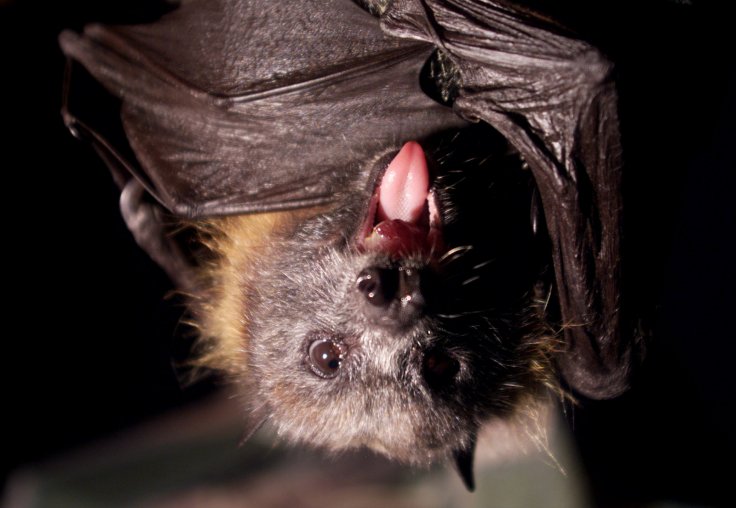
The remains of a fossilized giant bat was discovered near a town called St. Bathans in New Zealand's South Island by a UNSW Sydney-led international team of scientists. Researchers said that millions of years ago, this giant animal was a native of this region.
The 16 to19-million-year-old bat's body weighted 40 grams. The teeth and bones of the extinct animal were almost three times bigger in size compared to modern bats. Researchers from Australia, New Zealand, the UK and US conducted the study, which has been published in the journal Scientific Reports.
The historic creature was known for its other abilities, apart from flying. As mentioned by scientists, they also move fast on the forest floor, under the leaf litter and along with tree branches while searching for small animals and plant foods.
According to EurekAlert, this prehistoric bat is was the biggest burrowing bat yet known. It has been named as 'Vulcanops jennyworthyae', after Jenny Worthy, the team member who discovered the fossil and Vulcan, a mythological Roman god of fire, volcanoes and also a reference to a hotel in St. Bathans, where the fossil was found.
A team of #scientists led by @UNSW has discovered the fossilised remains of a giant burrowing bat that lived in #NewZealand millions of years ago https://t.co/xlRfNlxMKd pic.twitter.com/mWnVypxLwo
— UNSW News (@UNSWnews) January 10, 2018
The researchers said that in the prehistoric age, it roamed around the ancient Lake Manuherikia, which was situated on today's South Island of New Zealand.
The study's first author and UNSW Professor, Sue Hand revealed that these ancient bats are related to those which live in South America. He said these prehistoric creatures are related to "vampire bats, ghost-faced bats, fishing and frog-eating bats, and nectar-feeding bats, and belong to a bat superfamily that once spanned the southern landmasses of Australia, New Zealand, South America and possibly Antarctica."
According to historical records, around 50 million years ago, four continents were connected to each other, forming the ancient Gondwana. The global temperature and the entire environment was extremely different from today's scenario, as the temperature was 54 degrees Fahrenheit warmer than it is now.
In Antarctica, there was no ice but it was covered with forests till the separation of the land, which made the climate cooler in Antarctica. So, Australasia's burrowing bats became separated from their South American relatives.
Trevor Worthy, the co-author and the professor of the Flinders University, said that the discovered fossil has shown that "the prehistoric aviary that was New Zealand also included a surprising diversity of furry critters alongside the birds."
These ancient bats, along with land turtles, crocodiles and other animals have been lost from New Zealand. According to Professor Paul Scofield of Canterbury Museum, they show that the iconic survivors of the lost fauna - the tuataras, moas, kiwi, acanthisittid wrens, and leiopelmatid frogs - evolved in a far more complex community than previously thought.
After this finding, Vulcanops has provided an avenue to explore the diversity of bats in Australasia. The changing climate is considered the main reason behind the extinction of these prehistoric bats from New Zealand.









